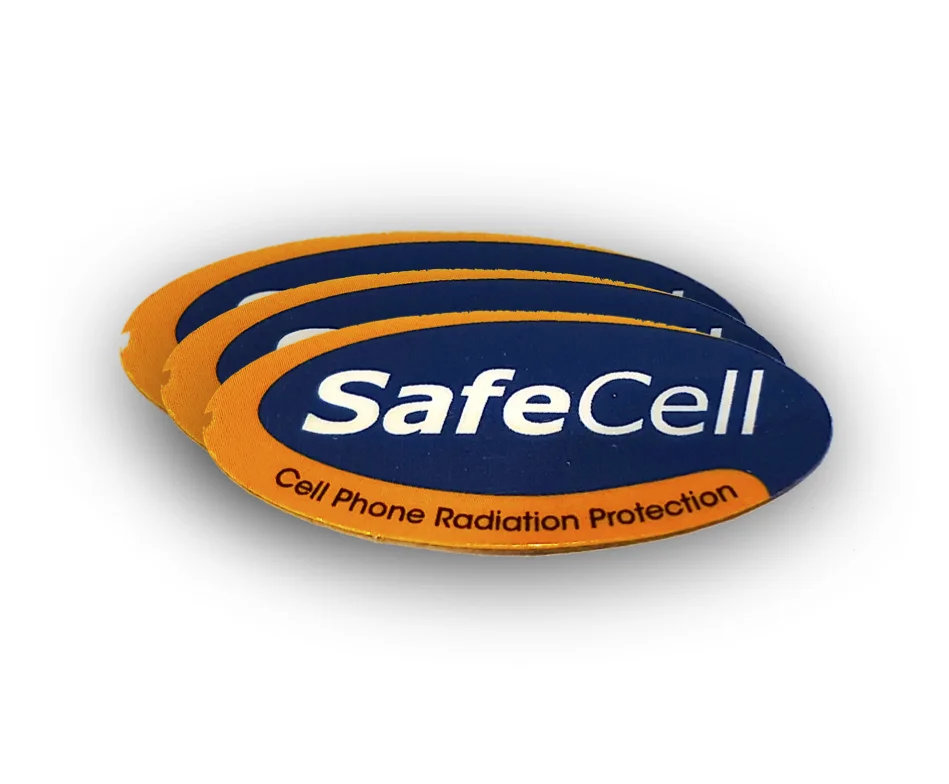For the sake of human survival, mankind must quickly master this critical fact: modern wireless technology is capable of causing the genetic destruction of humans as a species. Microwave radiation used for wireless communications and surveillance is extremely injurious to human DNA. It is therefore also destructive to both the human genome and the epigenetic chemical switches which control expression of the genes. Below is visual proof, as determined by the "REFLEX" studies, published in 2004 by the European Commission.
Slide one (top left) shows a normal healthy cell under magnification. This cell is a bright energetic little orb with its DNA and other genetic materials safely inside the cell membrane. It represents the cells of healthy, non-irradiated children of generations past.
Slide two (top right) shows a living cell exposed to 1600 chest X-rays. This cell is shrunken and has lost its energetic brightness. Trailing behind it are its genetic guts, spilling through the cell membrane as little particles that look like a comet trail against the dark background. These DNA fragments are called micronuclei, typical mutations from excessive X-rays, or from gamma waves of nuclear detonation.
Slide three (bottom) shows a cell exposed to 24 hours of cell phone radiation. This cell's comet tail of micronuclei splat is identical to that of ionizing X-ray damage. The microwave frequency used by REFLEX scientists to micronucleate this cell was 1.8 gigahertz (1800 megahertz), comparable to 1.9 gigahertz frequency blasting from both personal wireless communications devices and the base stations which service them.
Besides the REFLEX work, there are an additional 17 published scientific papers documenting abnormal changes in DNA exposed to cell phone radiation and other frequencies in the microwave bands. Microwave radiation-defined as electromagnetic waves ranging from 300 million hertz to 300 billion hertz-brutalizes human cells by vibrating tissues at incredible speeds. The fragile molecules and chemical bonds of DNA cannot withstand being whipped back and forth at millions or billions of times per second. Microwaving the DNA could be described as a cellular version of "shaken baby syndrome."
When communications microwaves splinter cellular DNA into a random trail of micronucleated carnage, chromosomes and the genes they carry are reduced to chaos. Chromosomes are the macromolecules containing the genetic information that controls human cellular and reproductive activity. In each double strand helix of human DNA there are 23 pairs of chromosomes, 22 pairs of autosomes and three billion pairs of nucleotide material. Miniscule damage to any of these intricate mechanisms can trigger significant genetic effects.
Three recent studies document the development of chromosomal aberrations following cell phone irradiation of living cells. This puts cell phone radiation on par with atomic bomb radiation, which is documented to cause chromosomal abnormalities in nuclear blast survivors. Radiation damage can range from complete DNA strand breaks to tiny point mutations, which are induced by changes in the chemical structure of the nucleotides.
Any virus, chemical or radiation that causes DNA/chromosome damage is a mutagen, defined as an agent which causes abnormal changes in the inheritable characteristics of animals or plants. A NATO military document states: "After irradiation, chromosomes appear to be 'sticky' with formation of temporary or permanent interchromosomal bridges, preventing normal chromosome separation during mitosis and transcription of genetic information."
Abnormal chromosome division results in abnormal nuclei in daughter cells. Therefore, the systematic microwave destruction of Generation X-ray's DNA, including radical damage to chromosomes, is guaranteed to yield a bounteous harvest of sterility, spontaneous abortion (miscarriage), altered offspring sex ratios, embryo growth retardation, increased perinatal morbidity, fetal malformation, premature birth, low birth weight and cognitive dysfunction in infants.
Follow us for breaking news and updates!



